By Richard Bordelon
It was supposed to be the “war to end all wars,” but it was not. Only 25 years later, war again broke out in Europe, eclipsing the one before it. The scale of World War I was nonetheless tremendous for its time, and the Rams of Fordham played a role in it.
To commemorate the centennial of the beginning of World War I in Europe, Fordham archivists have worked and to compile an exhibit that examines the role of Fordham and its students in the Great War. Patrice Kane, head of archives and special collections at Walsh Library, along with Roger Wines, professor emeritus of history and Fr. Thomas Shelly, a historian, compiled a number of artifacts and documents that shed light on Fordham’s involvement. In addition, Lou DiGiorno, the school historian for Fordham Prep, assisted with the exhibition and examination of the role of the prep students in the war.
The exhibit specially features artifacts donated to Fordham by the family of Charles Curtin, who served in the medical corps overseas. These artifacts include a Fordham ambulance corps banner and a Red Cross armband.
When the United States decided to become involved in the war in 1917, Fordham immediately backed the war effort. Rev. Joseph A. Mulry, S.J., president of the university at that time, spoke often about the need for Fordham’s students to serve their country abroad in the military.
Kane explained that this immediate support was, in part, meant to combat the nativism that pervaded much of the United States at the time.
“There was still a lot of anti-Catholic sentiment in New York and in the country,” she said in an intervie there was also a belief that “Catholics by rule just follow the pope and do not get involved.”
Kane also explained that Fordham’s involvement was due to Mulry.
“Father Mulry was sort of a warmonger in this whole thing to make it look like we are going to go and we are going to get the Kaiser,” she said.
Though Mulry was a Catholic priest, “that was very characteristic of him,” Kane explained. “If you read any of the things that he said in any of the speeches, it does not sound like a priest talking, it sounds like an army general; but that was all for image.”
Two different groups of Fordham men were involved in the war. Fordham students, some as young as 17, joined the medical corps and aided the medical efforts on the front in Europe. Alumni also fought for the U.S. in the war, and Fordham honored those alumni by dedicating the gate on Fordham Road and Third Avenue in their memory. The exhibit examines the experiences of both groups.
Kane explained that some Fordham traditions and institutions, such as this very newspaper, The Fordham Ram, had their beginnings during World War I. “The newspaper was originally a newsletter for the soldiers overseas,” she said.
“They started it so that the Fordham men could read about what was going on here, and it was such a hit that they kept it as a regular school newspaper.” In addition, she explained that “it is considered one of the first school newspapers in North America.”
World War I, however, was not the first part of Fordham’s military involvement. “Fordham had a very significant military history that people really weren’t aware of,” Kane said. This history dates back to Clarence Edwards, for whom Edwards Parade is named, who first founded a cadet corps at Fordham after the Civil War.
This is the first time that Fordham has publicly remembered its role in World War I since 1920.
“As far as I know, after the dedication of the memorial gate, I do not think it came up again,” Kane explained. “I did not want to do it as a celebration. You do not really want to celebrate it, but you do want to honor the people that gave their lives.”
__________
Richard Bordelon is the Opinion Editor for The Fordham Ram.





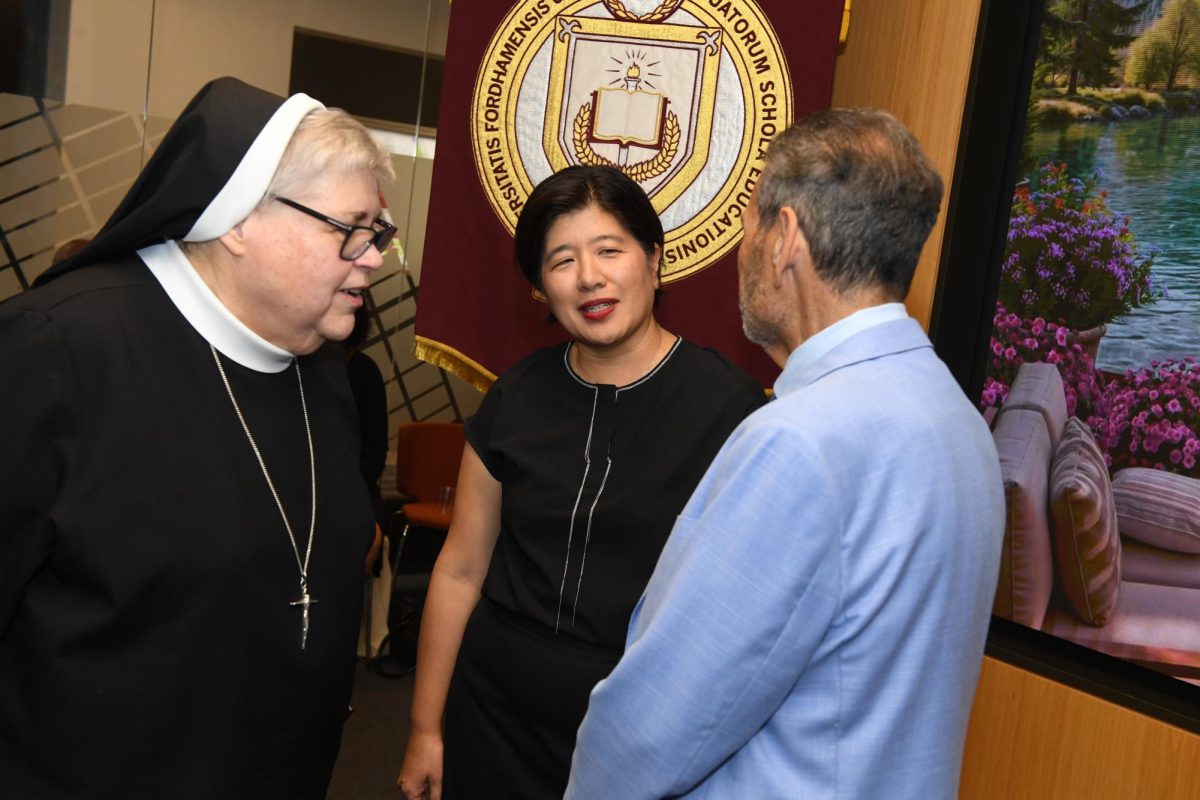
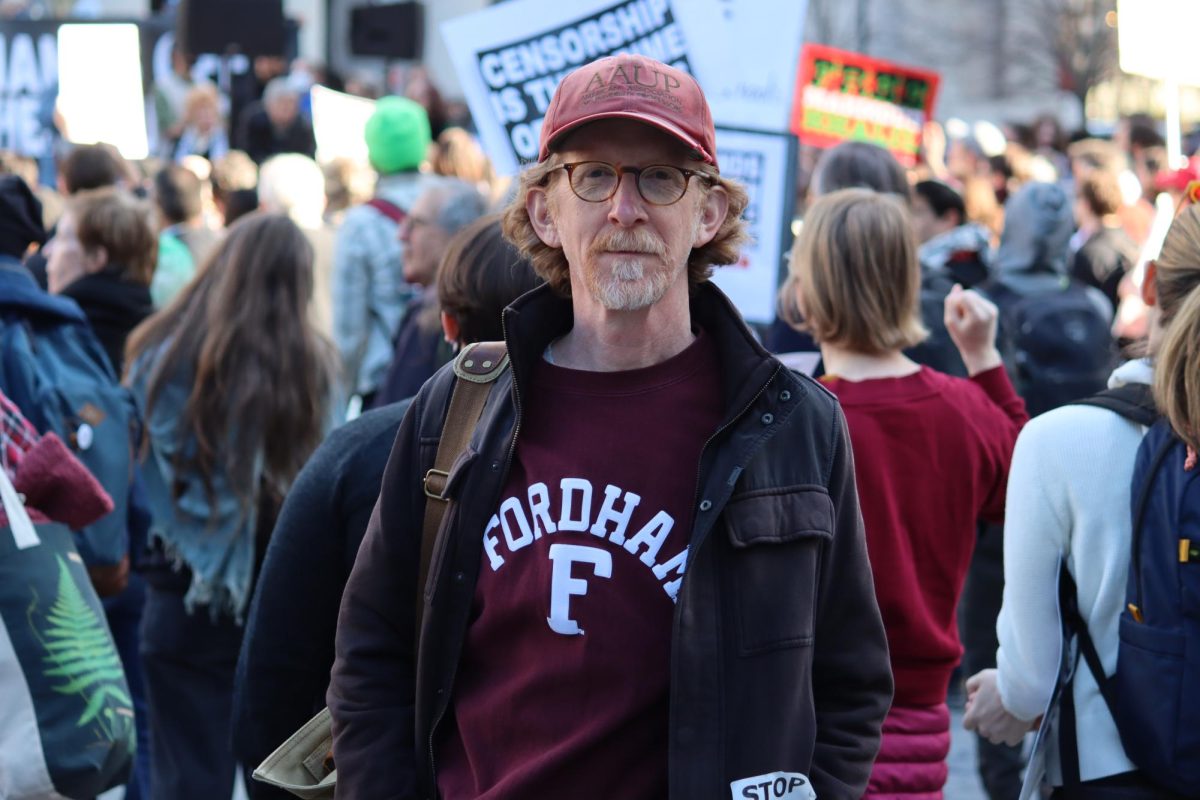











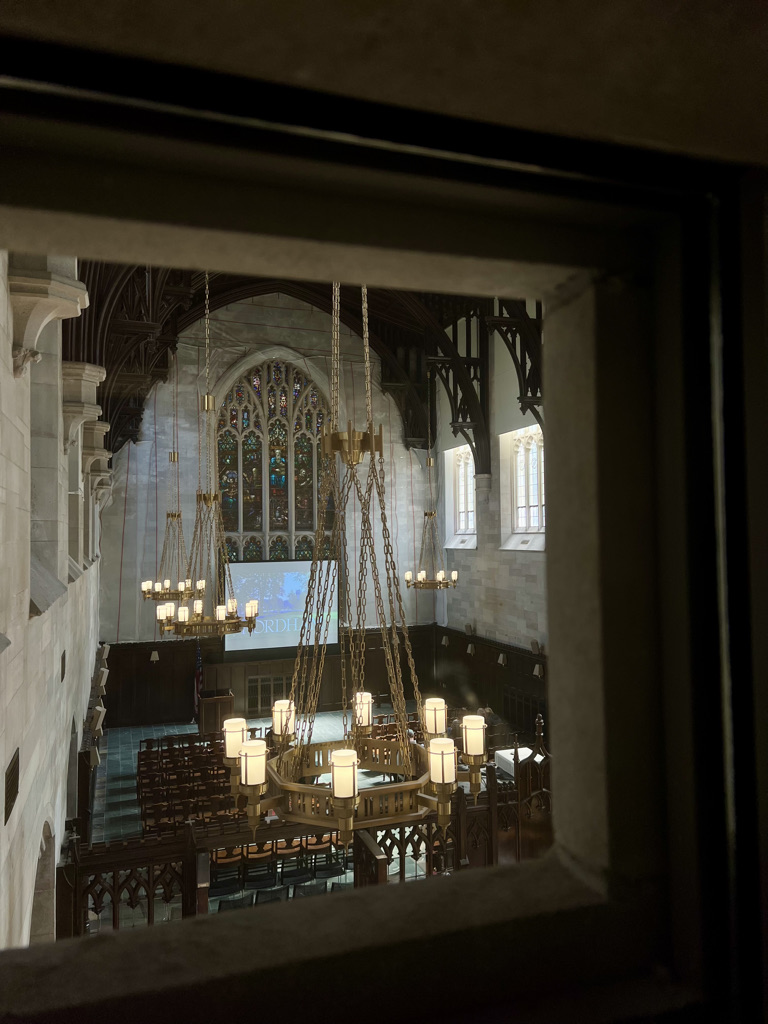










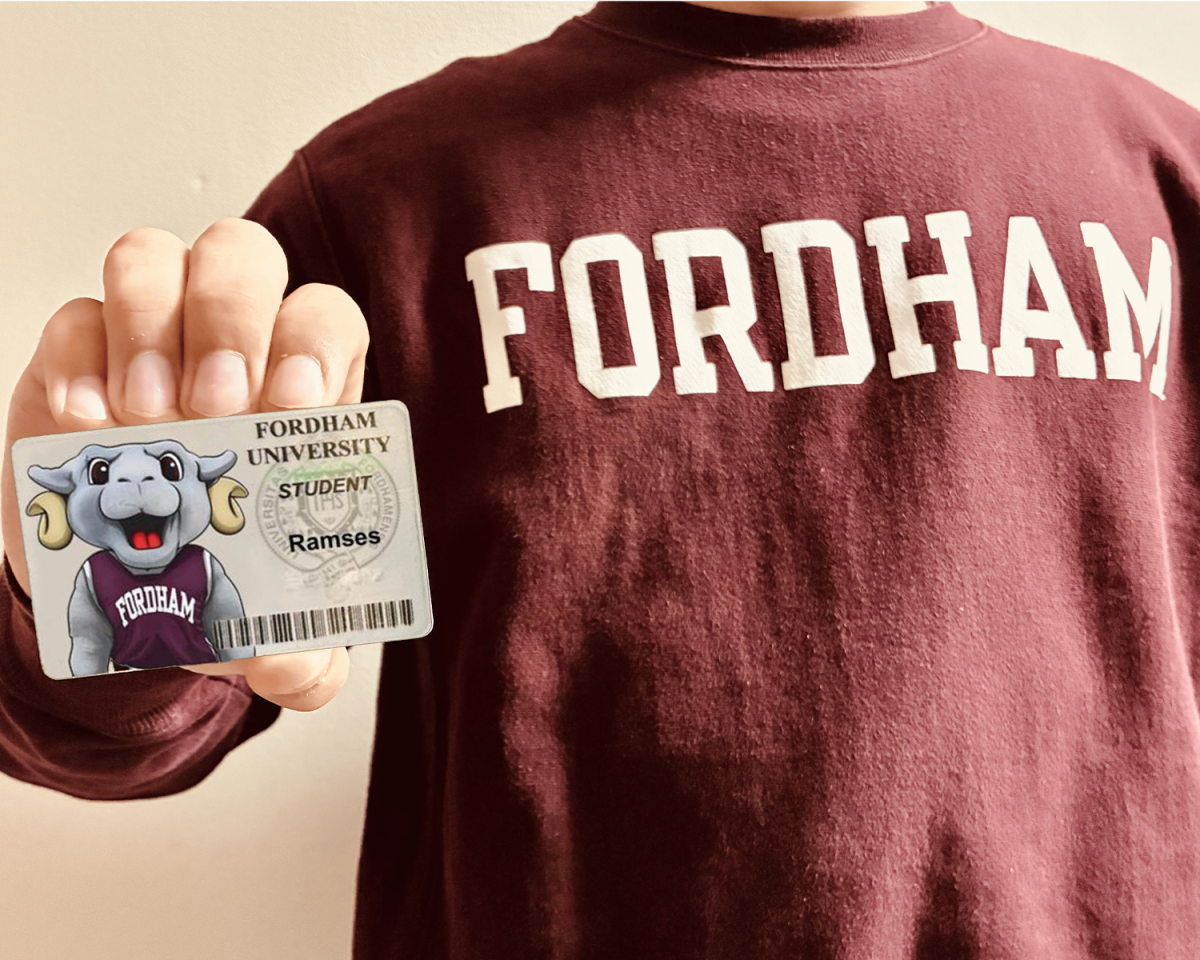
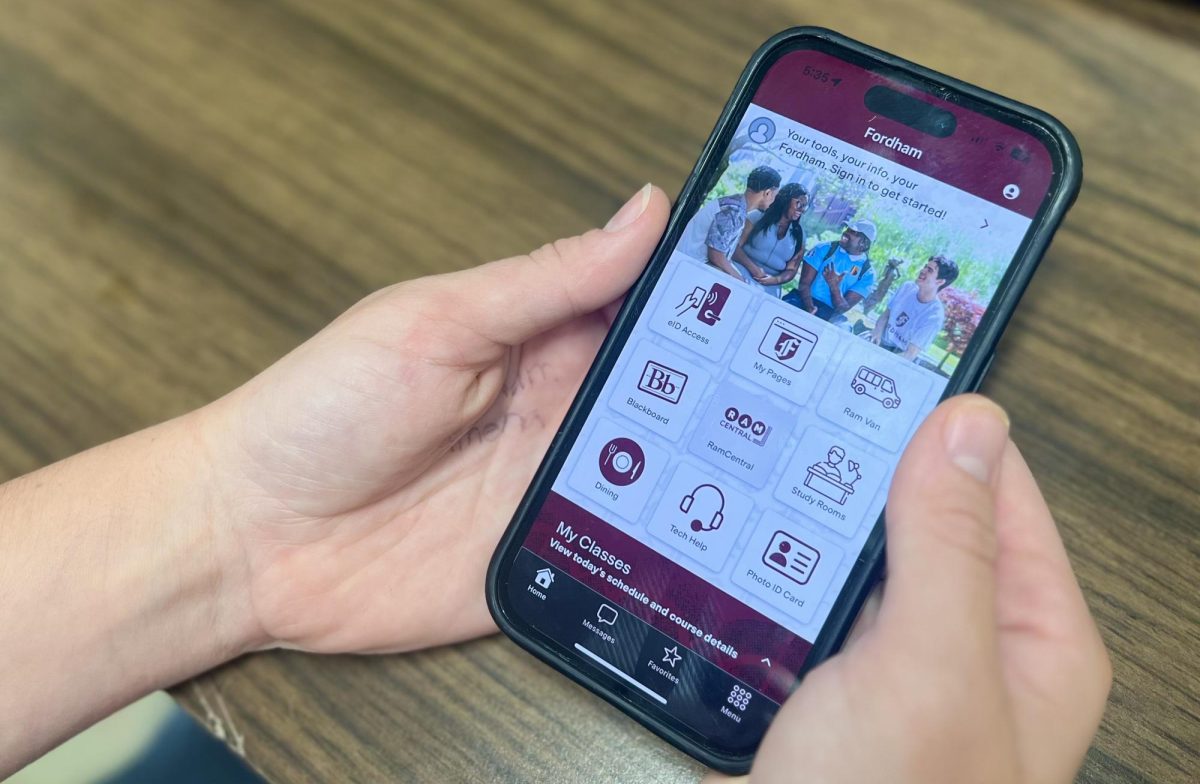









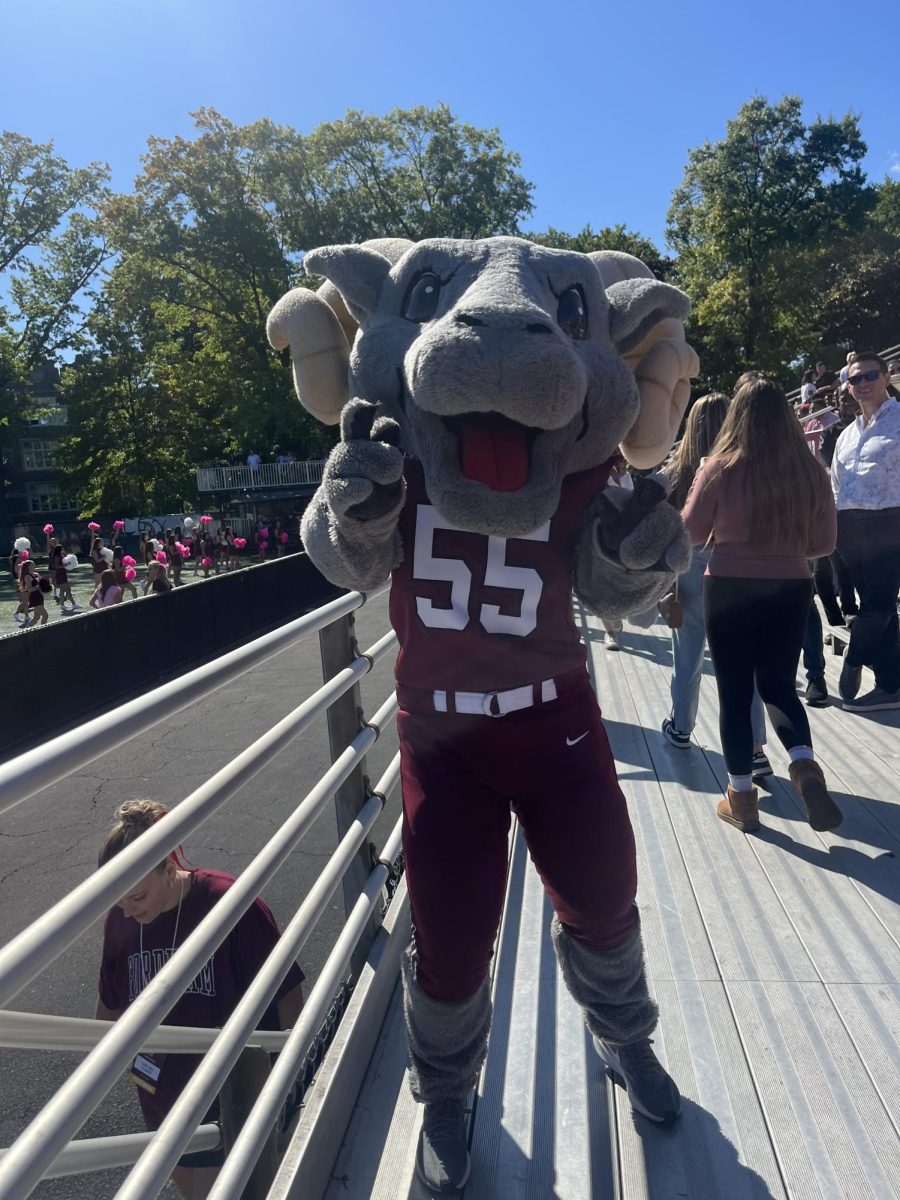
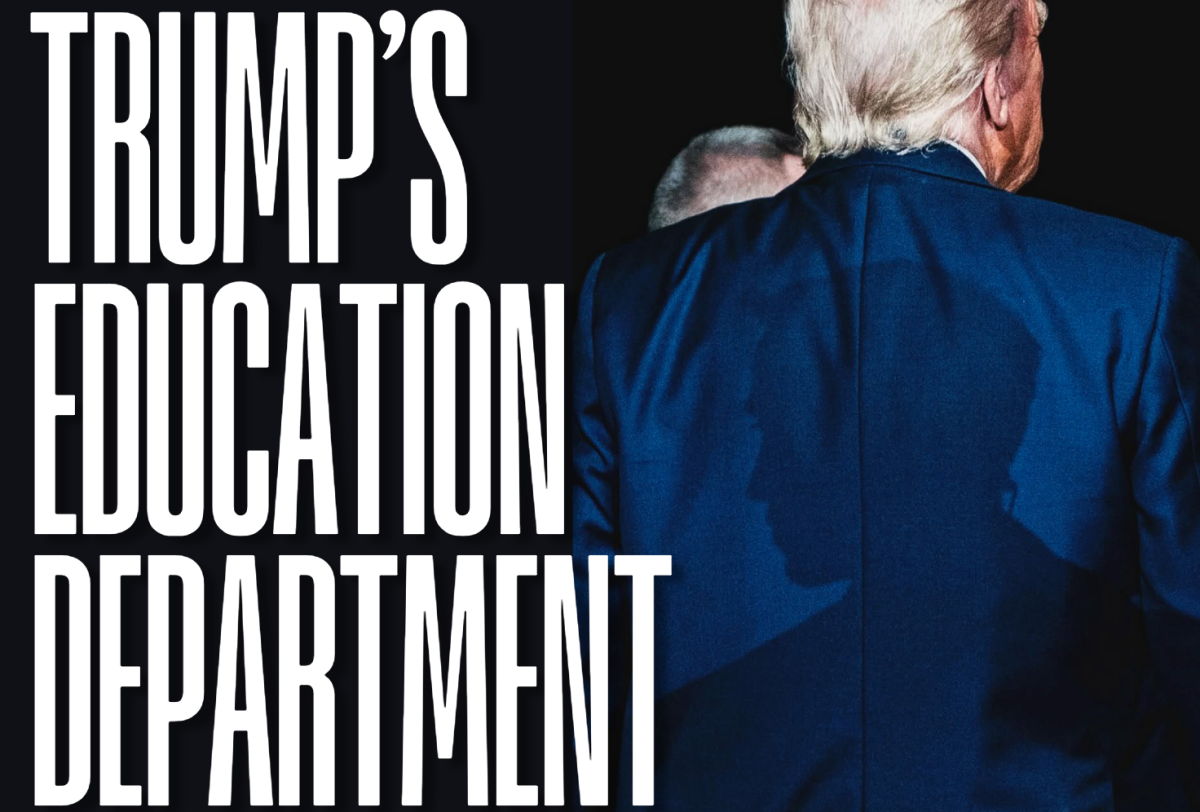
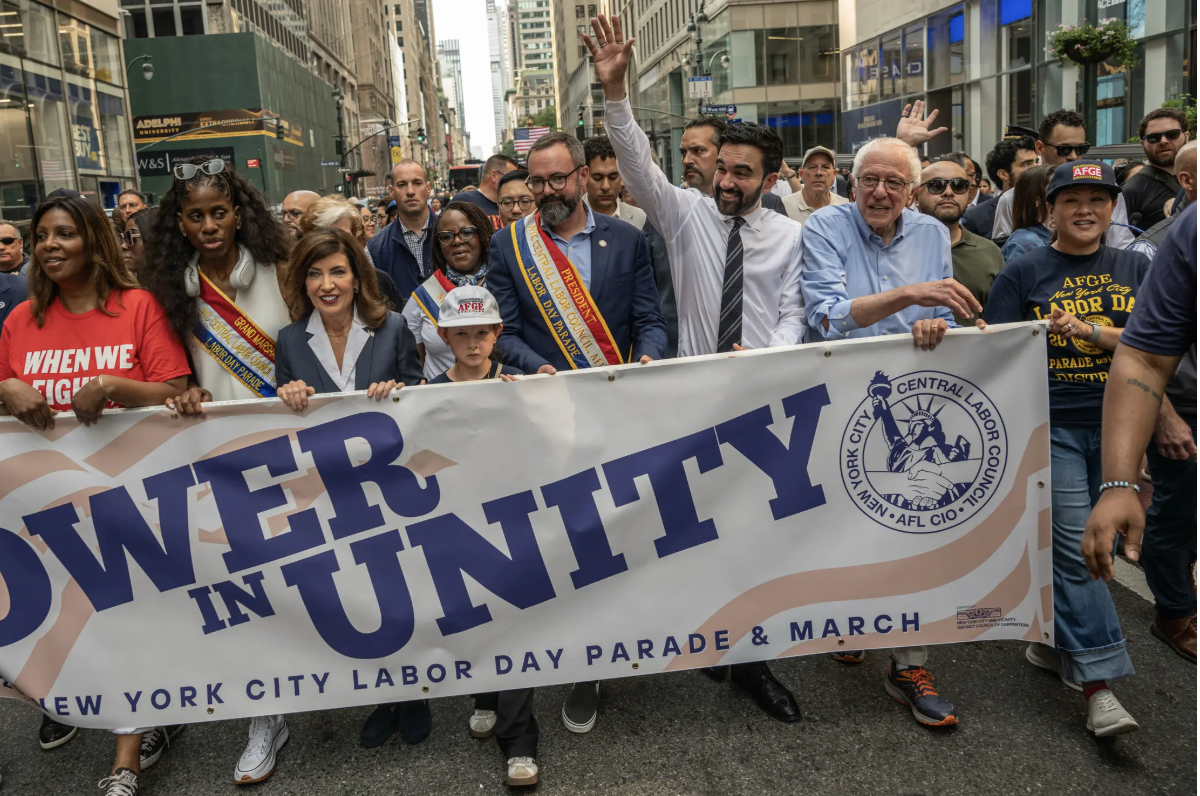







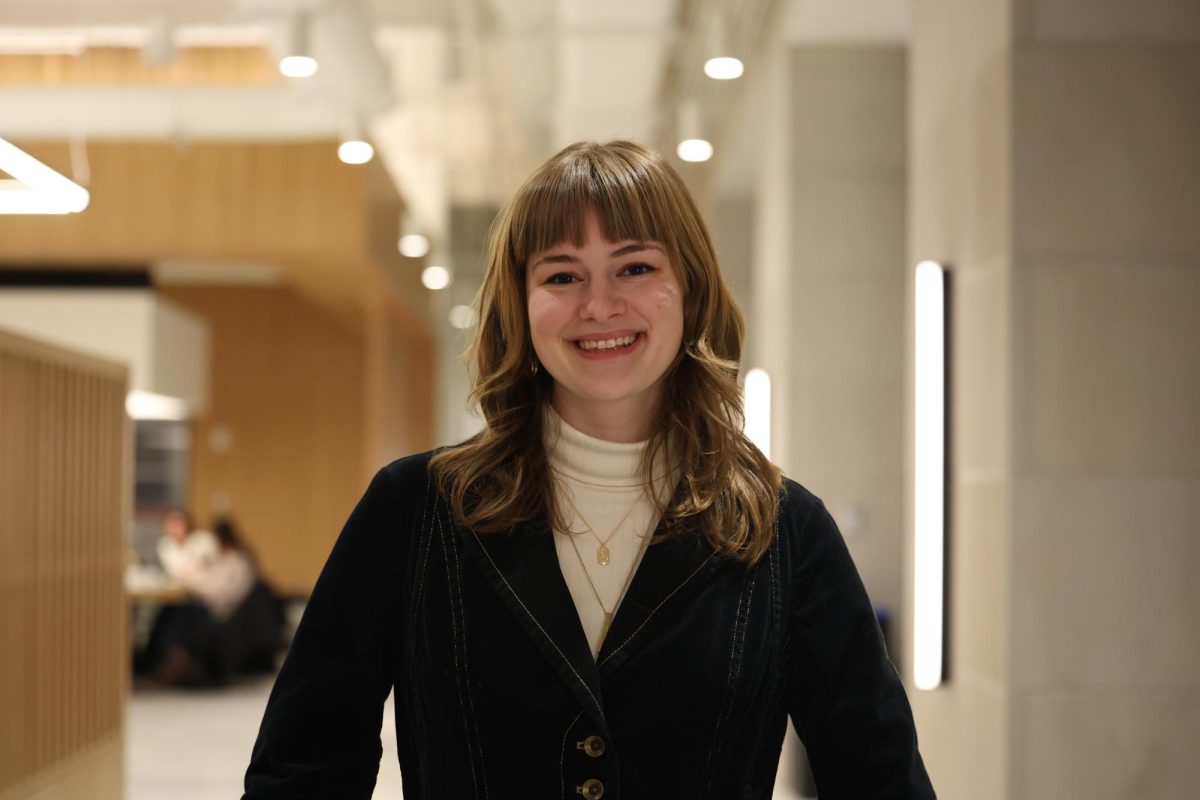










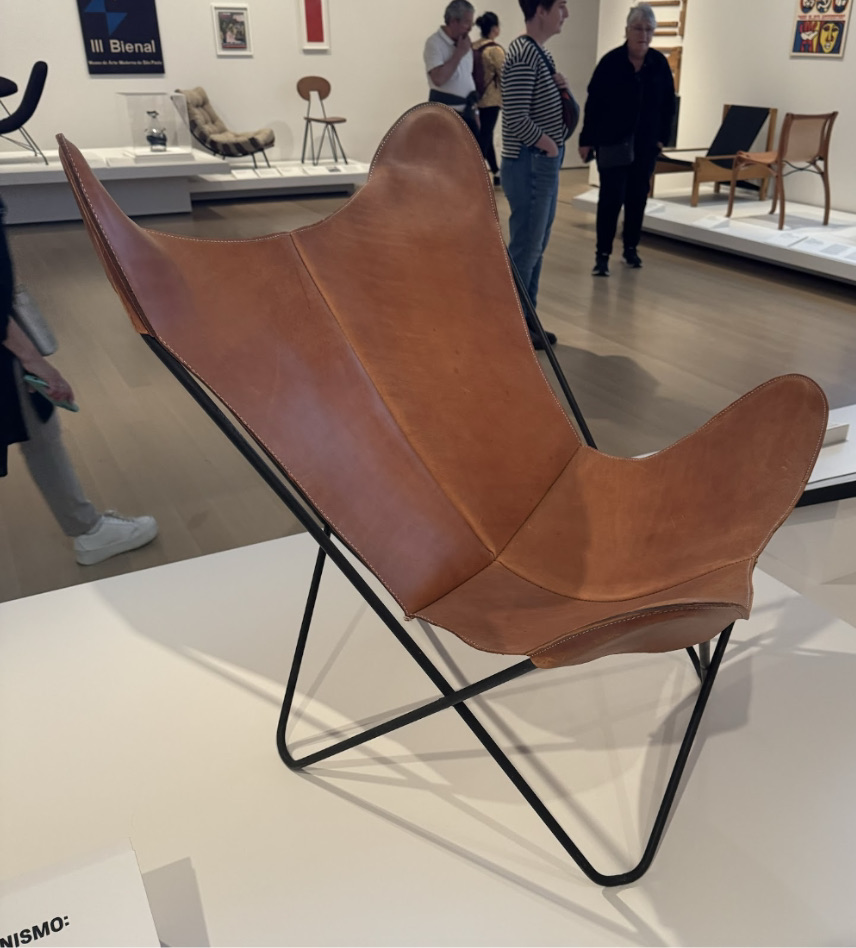





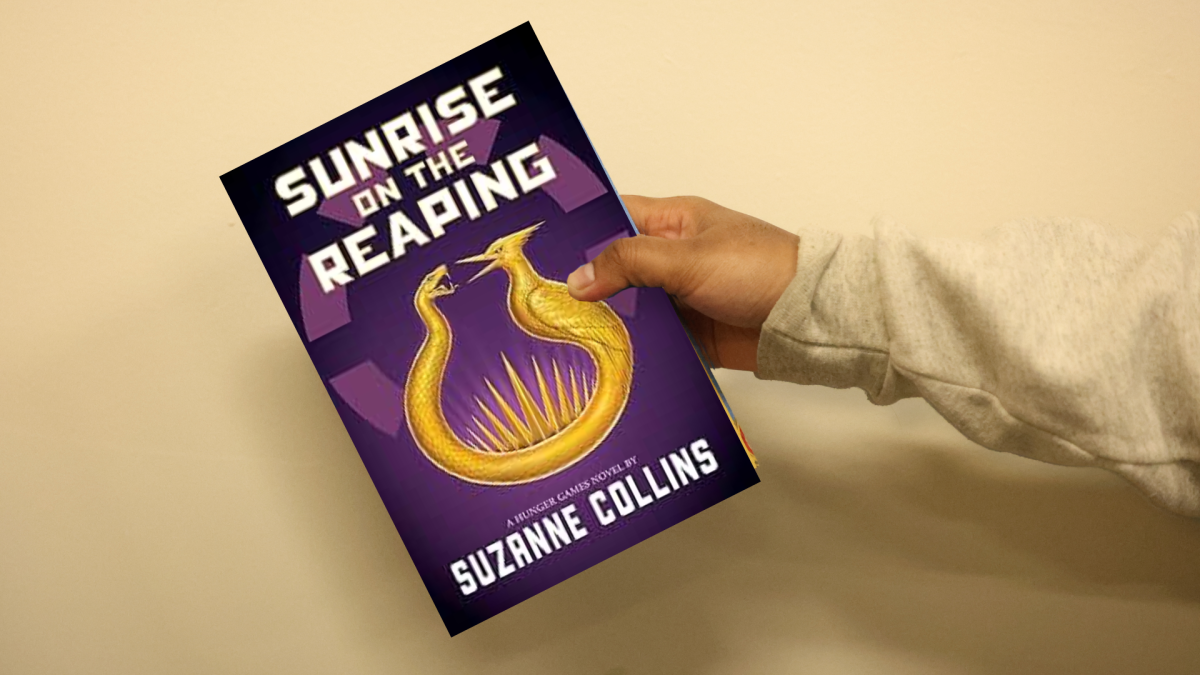








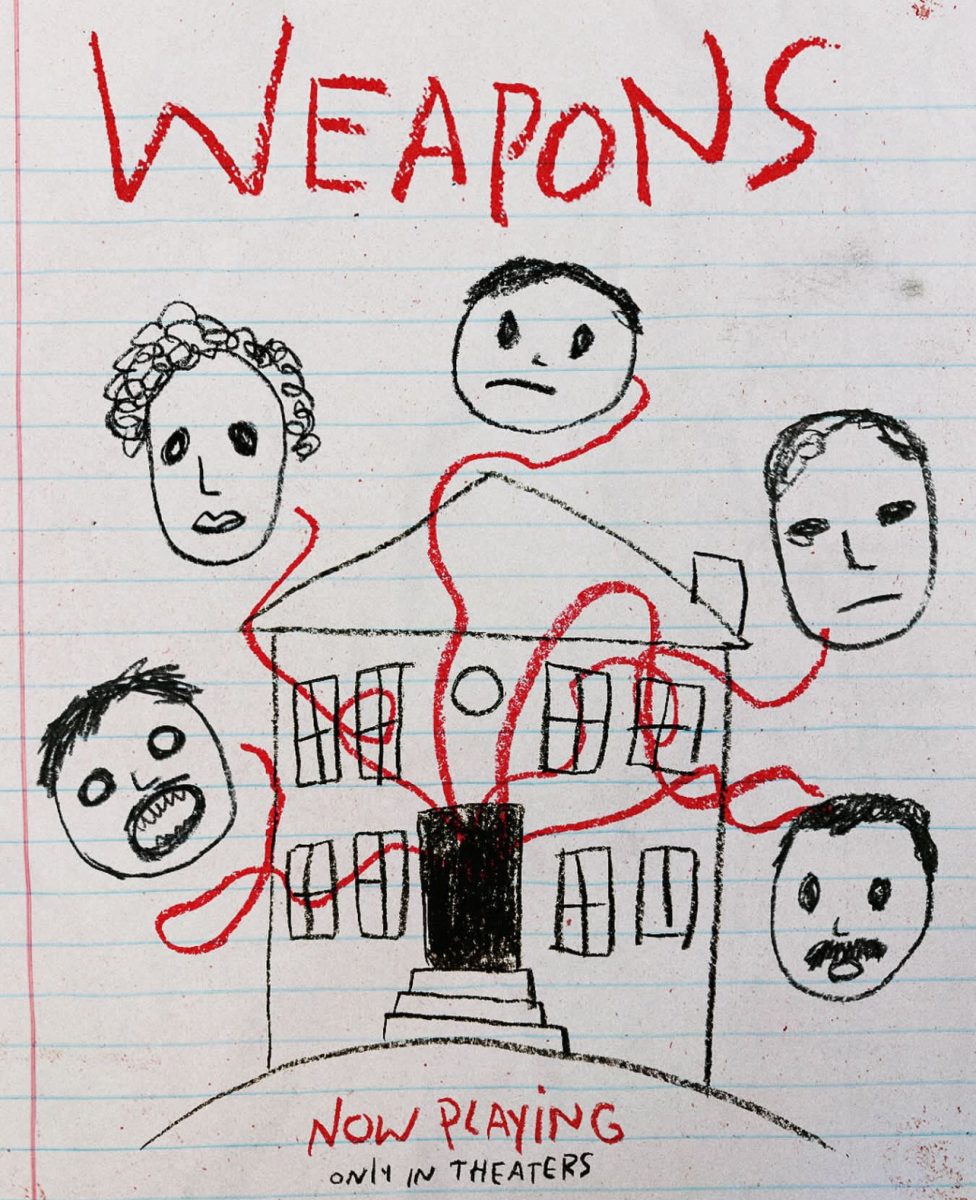





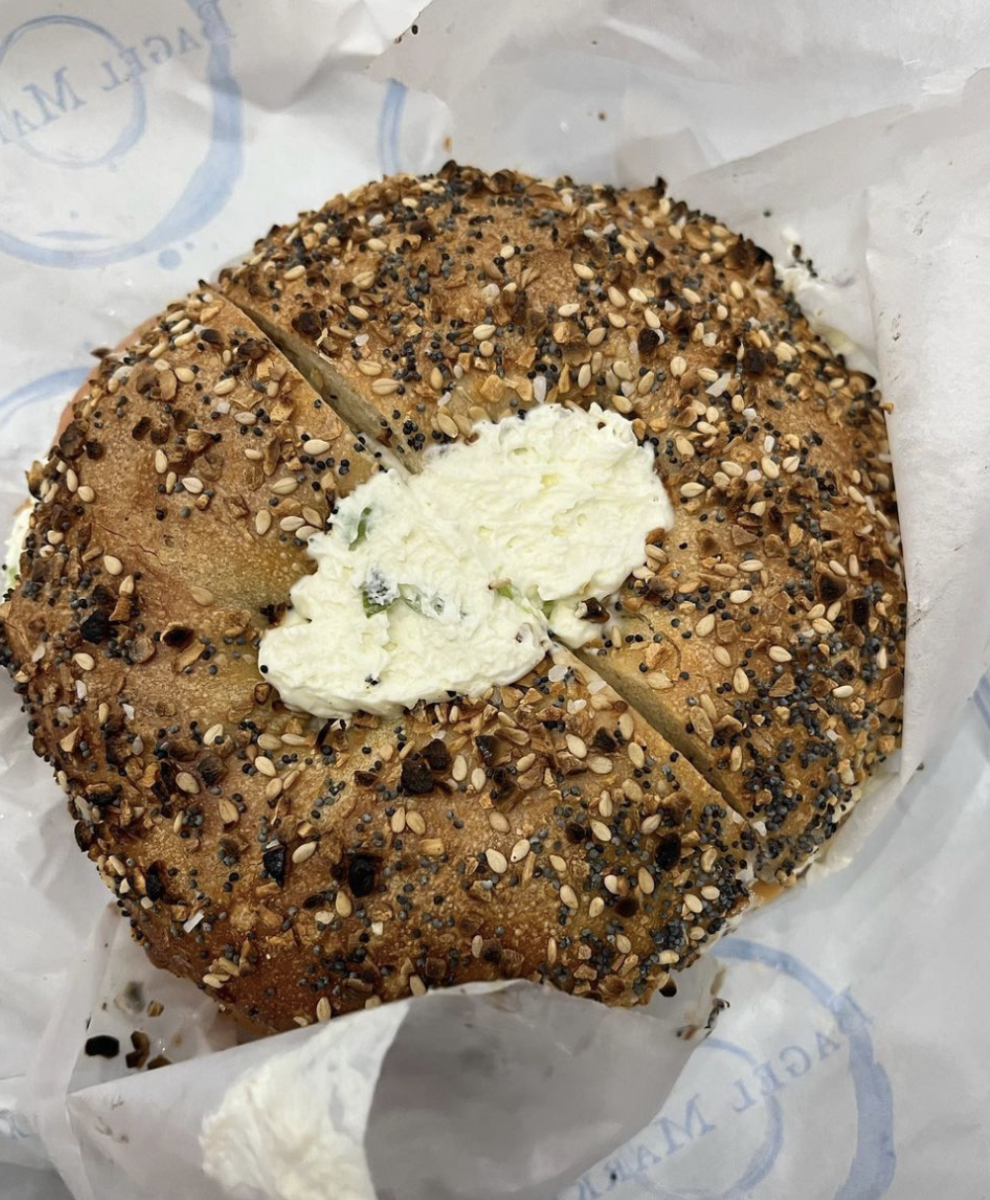







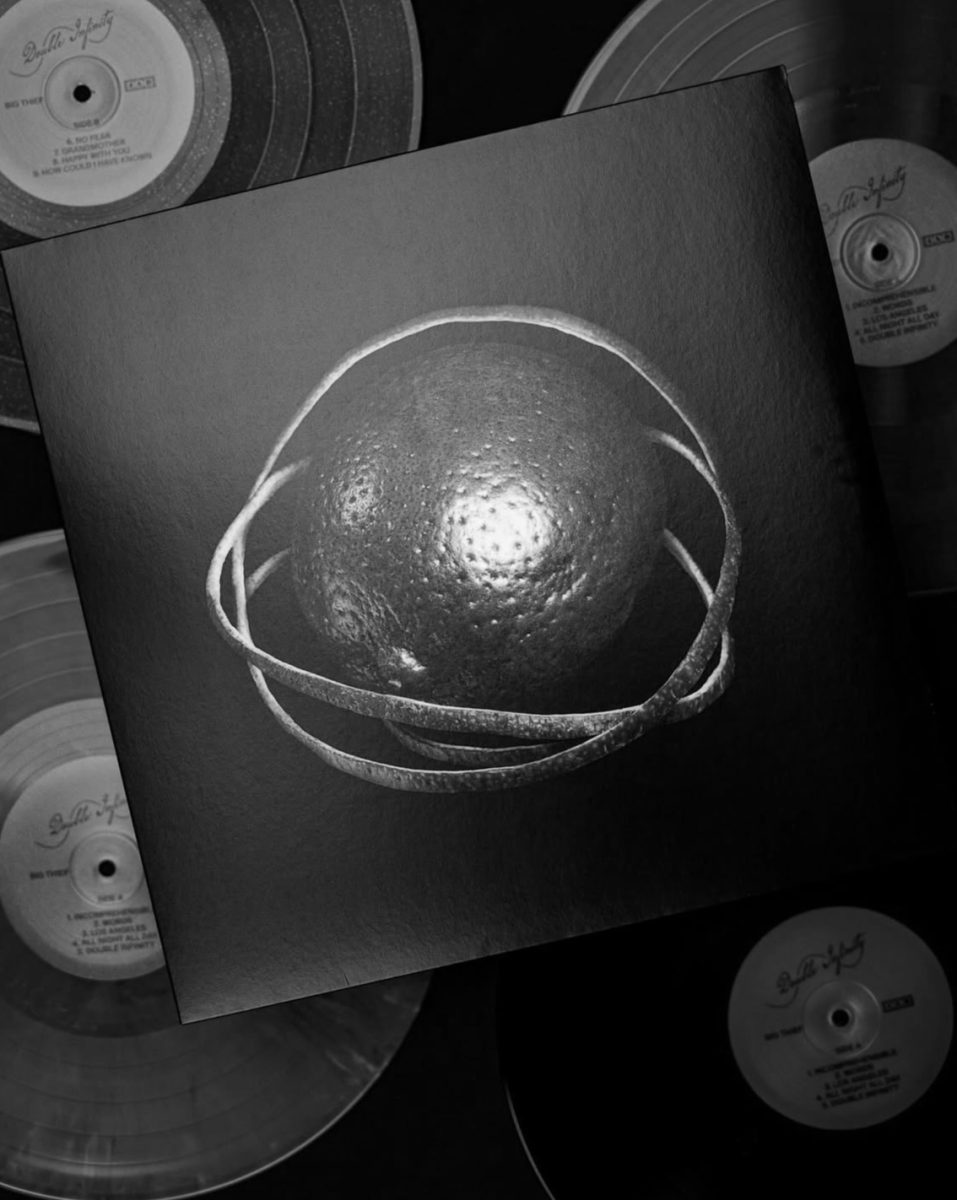













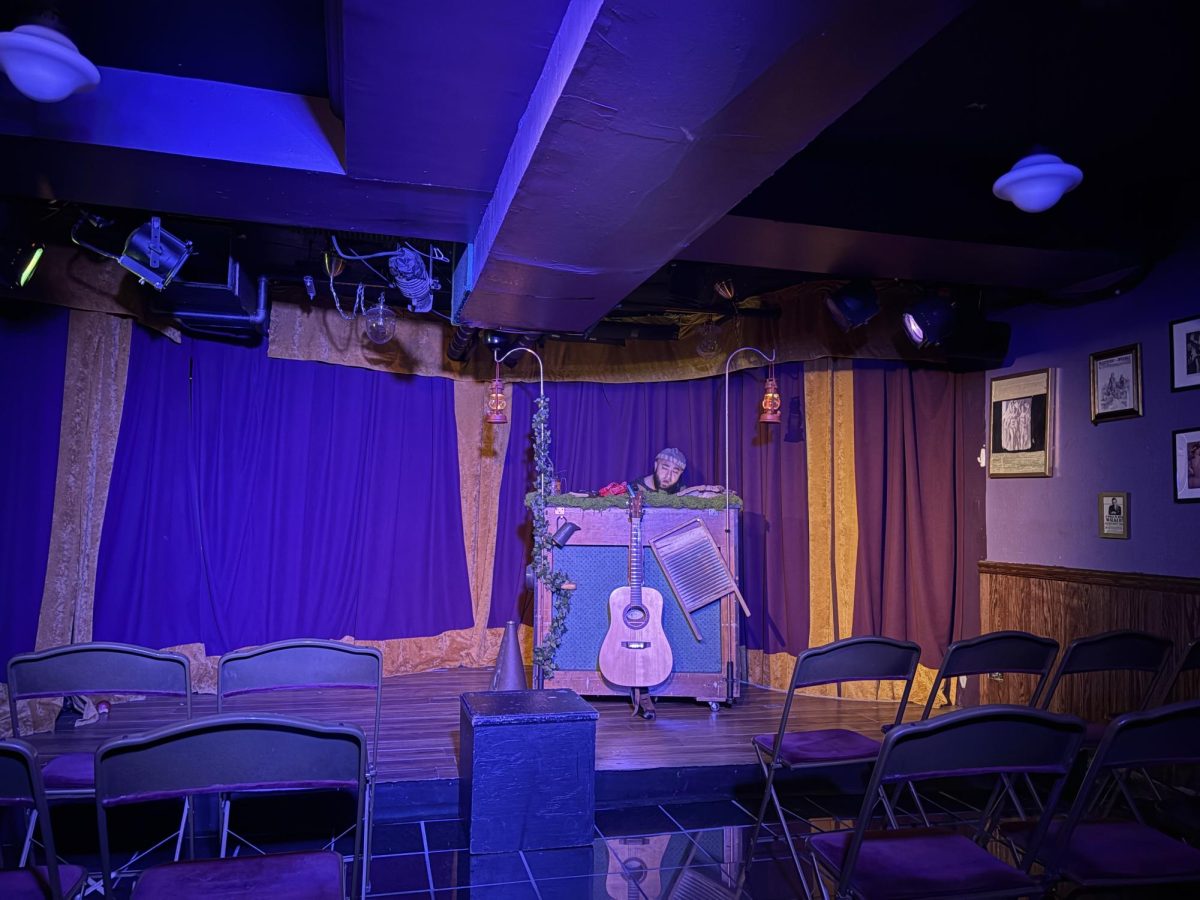

































































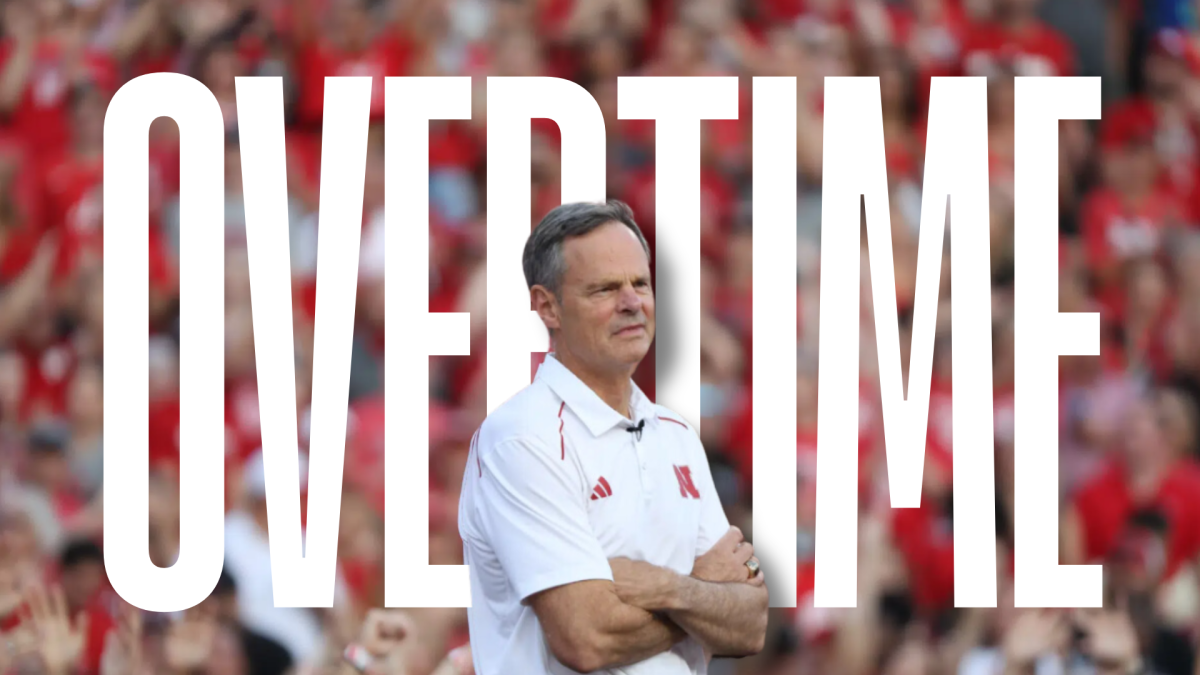





















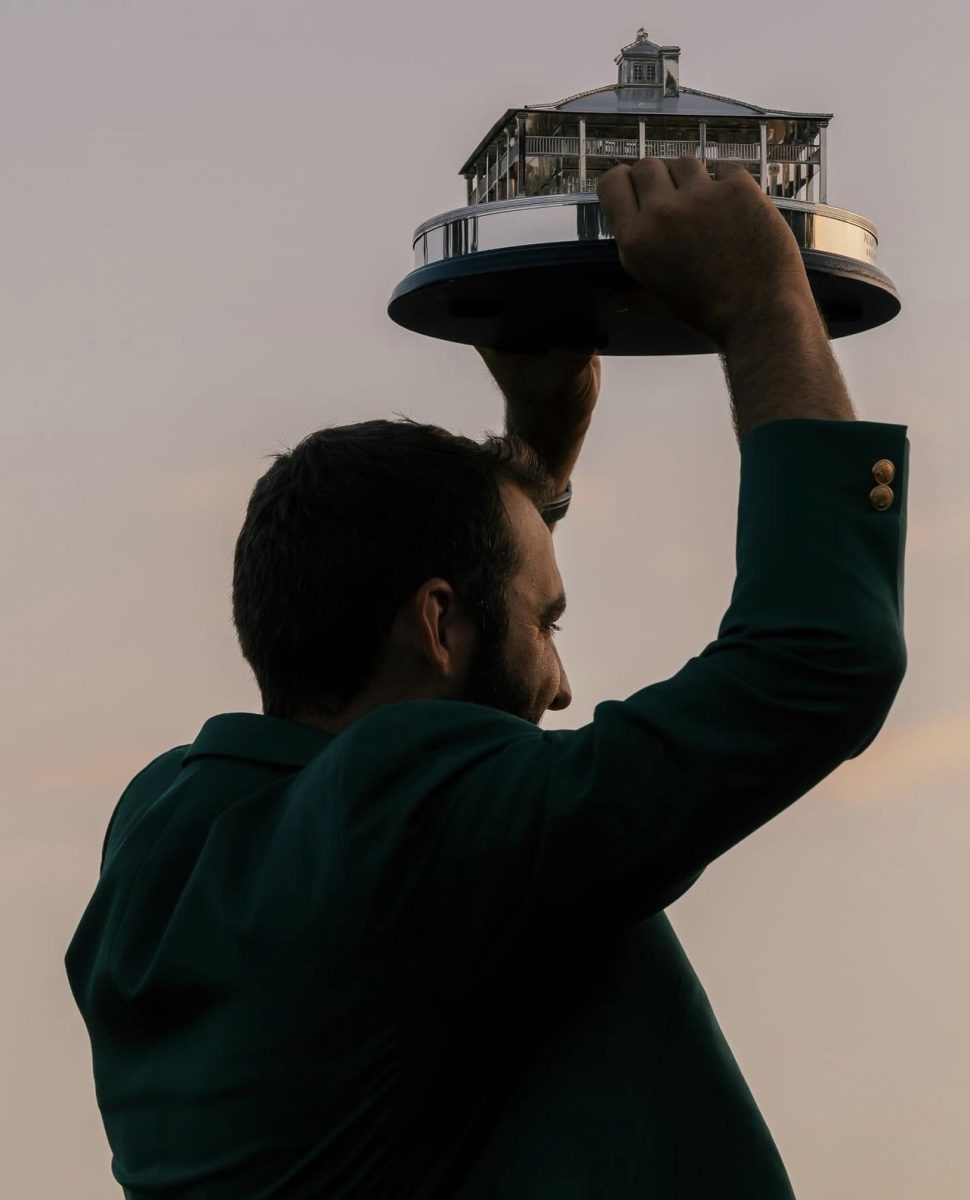




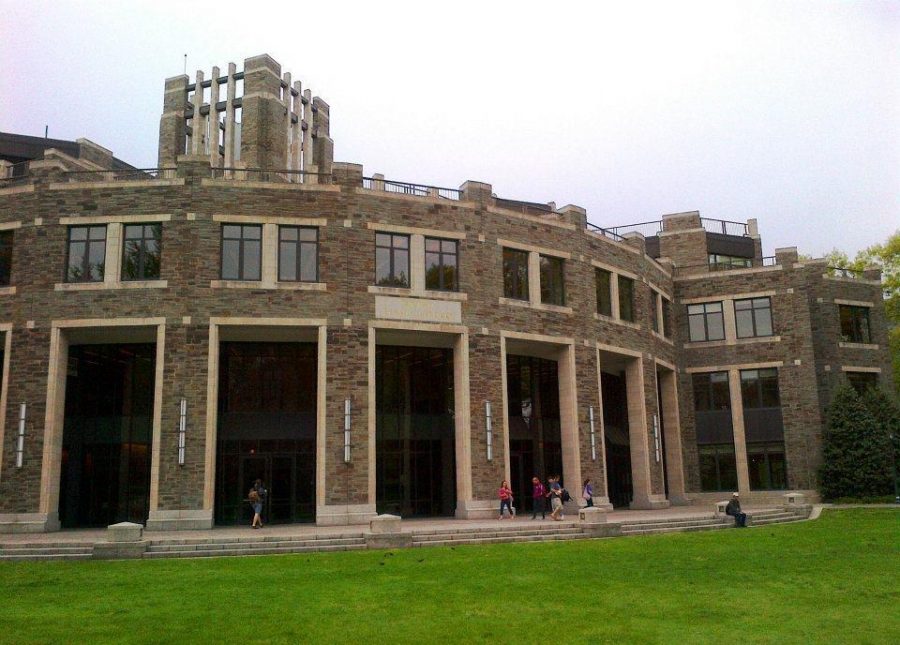

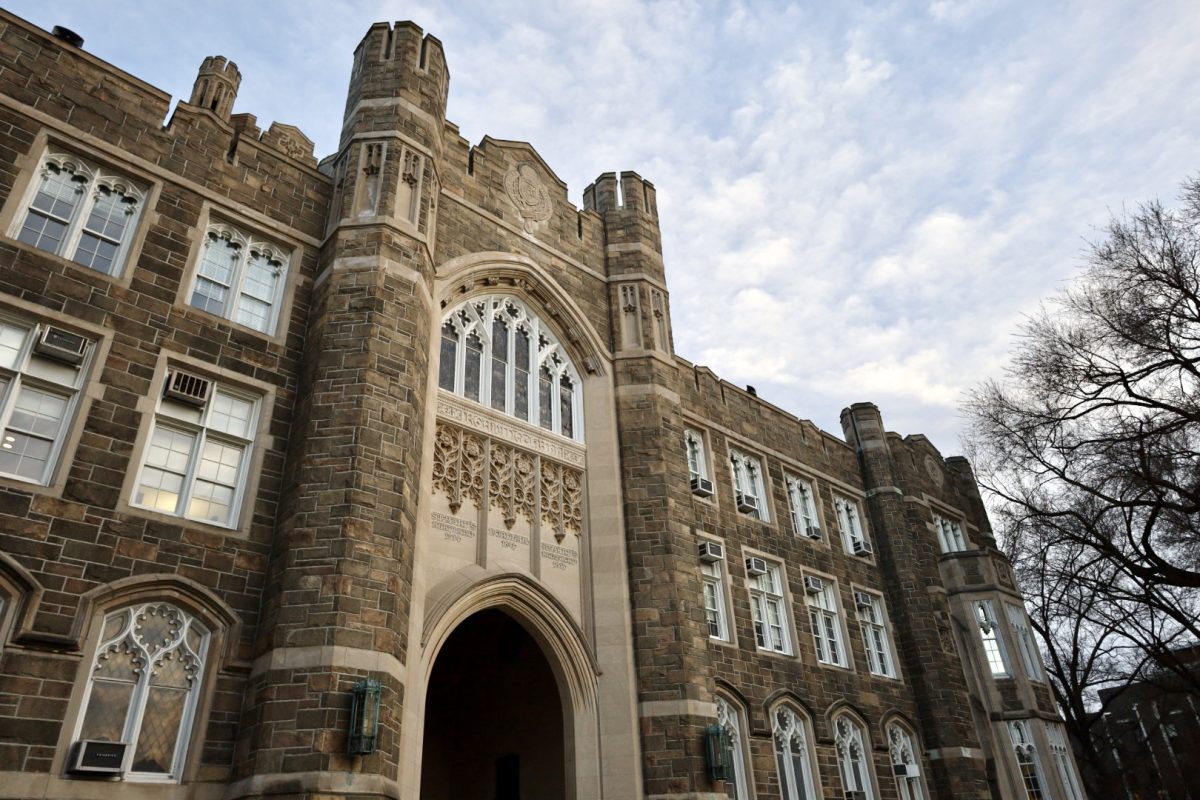
Fletcher • Nov 13, 2015 at 7:54 am
In most circumstances, monetary recovery is obtained through settlement, mediation, arbitration or trial.